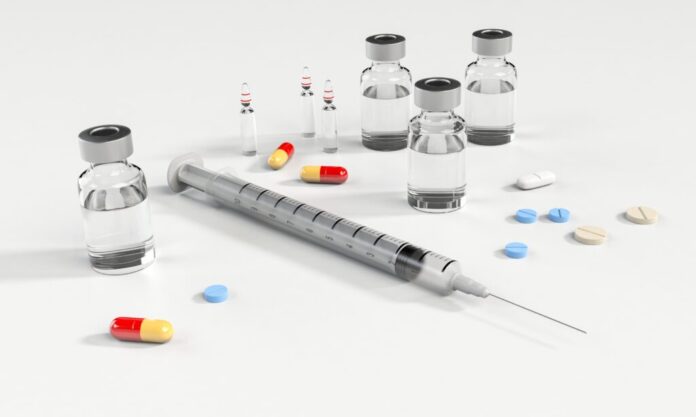Did you know in the United States, approximately 21.7 million people regularly receive treatment for substance abuse? Addictions to alcohol and other substances cause physical and psychological damage. To counter the continuous co-occurring complications, the need for receiving treatment aids in breaking the cycle of abuse Treatment of substance abuse requires ongoing care.
Table of Contents
Steps for Treatment of Drugs
Acknowledgment
This is the first step to recovery. It involves the addict acknowledging the presence of addiction and its effects on his life. Addiction disrupts the quality of life. An addict may fail to meet set obligations in areas of functionality such as work and school.
Once an individual recognizes the negative impact of substance abuse, various treatment programs can be customized to fit required needs. An addict needs to be fully committed to attaining recovery because some treatments may last for the rest of their life.
Treatment options differ depending on the type of addictive disorder, length of use, and effects on the individual. More so, during treatment, the doctor puts into consideration complications developed from substance abuse. For example, respiratory issues for substances abused through smoking.
Successful recovery may blend a combination of interventions and programs such as inpatient and outpatient programs, psychological counseling, self-help groups, and medications.
Detoxification
Most treatment programs feature detoxification as the first step in treatment. Detoxification is crucial in clearing a substance from the body and limiting withdrawal symptoms. Professionals in medical detox facilities https://www.gallusdetox.com/ use medication to reduce withdrawal reactions.
Prescribed medications are essential, especially for persons addicted to more than one substance. Apart from medication, recovering addicts can use an electronic device such as NSS-2 Bridge to provide certain relief from withdrawal symptoms.
Counseling and Behavioral Therapies
After detoxification, the recovering addict engages in therapy sessions customized depending on the needs of the individual. An individual may opt for group sessions, one on one session, or family-based therapy.
Counseling is imperative in helping people change behaviors and attitudes on substance abuse, support other treatments, and strengthen life skills. Behavioral therapies can be carried out in ways including;
- Cognitive-behavioral therapy (CBT): Helps individuals change ways of thinking concerning substance use. The therapy helps you recognize unhealthy behavioral patterns, learn how to identify triggers, and develop coping skills.
- Multi-dimensional family therapy: Helps improve family function around a teen with drug abuse disorder.
- Motivational Interviewing: It is designed to maximize an individual’s willingness to adjust behaviors
- Motivational incentives: Therapy is suited to encourage abstinence vial positive reinforcement
Contingency management
The treatment is best suited for addictions of narcotics, alcohol, and tobacco. It reinforces positivity in maintaining sobriety by giving individuals tangible rewards. This form of treatment is vital in combating relapse.
Rational emotive behavior therapy
This kind of therapy helps you recognize your negative thoughts and gives you ways to combat feelings of self-defeat. It induces the power of rational thinking.
12 Step Facilitation
This type of treatment can be used to care for alcohol and substance abusers. It aims at recognizing addiction as a catalyst to negative consequences at social, emotional, physical, and spiritual levels. The addict accepts to transition to consistent group meetings for mutual support and discussions.
Treatment with Medication
The medication works perfectly in recovery when combined with behavioral therapies. Prescribed medications play an important role in reducing cravings, decreasing addictive behaviors, and improving your mood. For instance, acamprosate can be used to reduce alcohol consumption and behavior.
Conclusion
Acknowledging that substance use has become a problem in an individual’s life is vital to recovery. For a successful recovery, treatments integrate a combination of approaches. At the same time, focusing on the underlying cause of the disorder.











/cdn.vox-cdn.com/uploads/chorus_asset/file/25271820/IMG_1743.jpeg?w=100&resize=100,70&ssl=1)



/cdn.vox-cdn.com/uploads/chorus_asset/file/25535281/247181_AI_Explainer_LEDE_HHerrera.jpg?w=100&resize=100,70&ssl=1)

/cdn.vox-cdn.com/uploads/chorus_asset/file/25271820/IMG_1743.jpeg?w=218&resize=218,150&ssl=1)



/cdn.vox-cdn.com/uploads/chorus_asset/file/25535281/247181_AI_Explainer_LEDE_HHerrera.jpg?w=218&resize=218,150&ssl=1)
